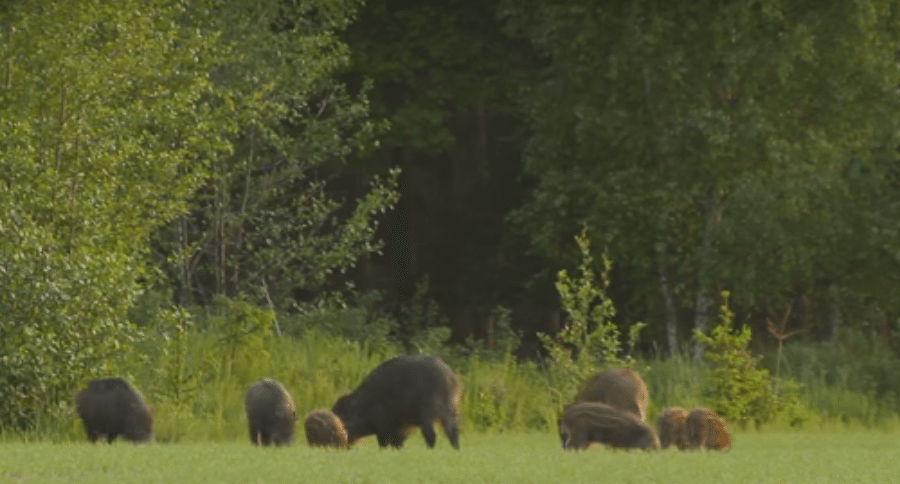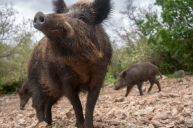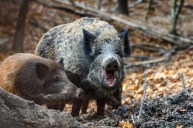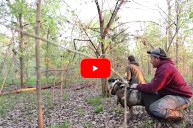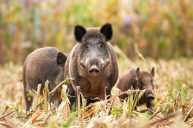The booming feral hog population is having a profound impact on whitetail deer populations as well.
Whitetail deer are perhaps the most hunted big game animal in North America. Each year millions of Americans take to the woods in order to pursue this iconic and formidable prey. Recently a new competitor for deer has hit the scene; feral hogs.
Feral hogs are seeing an epic boom in population in America. More than five million feral hogs are thought to be in the US alone. Most common in the southern United States, these resilient invaders can live as far north as Saskatchewan, Canada.
Feral hogs are so abundant for several reasons. One major reason lies in their ability to eat nearly anything. As omnivores, hogs can consume nearly anything as a possible food source. Young deer being on the list.
Although not a direct threat to adult deer populations, feral hogs have been known to swoop in on young fawns. In the first few weeks of a fawn's life they are virtually helpless and simply try and hide from threats.
When discovered by a large hog its simply the end of the line for the fawn. While only possible for a short period of time each year, hogs add another danger to a fawn's first year of life.
Hogs indirectly pose a threat to adult deer populations as well. One major concern is that hogs are known carriers of multiple diseases. Some of these diseases can transfer to deer and humans as well.
In addition to predation on fawns and disease, hogs are also incredibly hard on habitat. Louisiana wildlife state veterinarian Jim LaCour has said of hogs, "they're in every habitat in the state...and also highly destructive."
When it comes to habitat, hogs are also voracious eaters. They compete with deer for food sources such as acorns, corn, mast, and nearly anything else deer eat. Aggressive eaters by nature, feral hogs can soon scalp an area of food sources. By picking an area clean, hogs reduce a deer's chance at survival through tough winter months and can push them out of an area.
Predators such as coyotes, bobcats, and wolves generally garner the most attention when it comes to their negative impact on deer. It is true these predators have a profound impact on populations, but one can't overlook the indirect impact feral hogs have. Competition for food and disease can seriously decrease an area's deer population.
Strategies for limiting the population of hogs have been lackluster at best. With sows having two litters a year of six piglets per litter, the population can grow quickly. It is estimated that 75 percent of a hog population must be killed each year in order to maintain a static population.
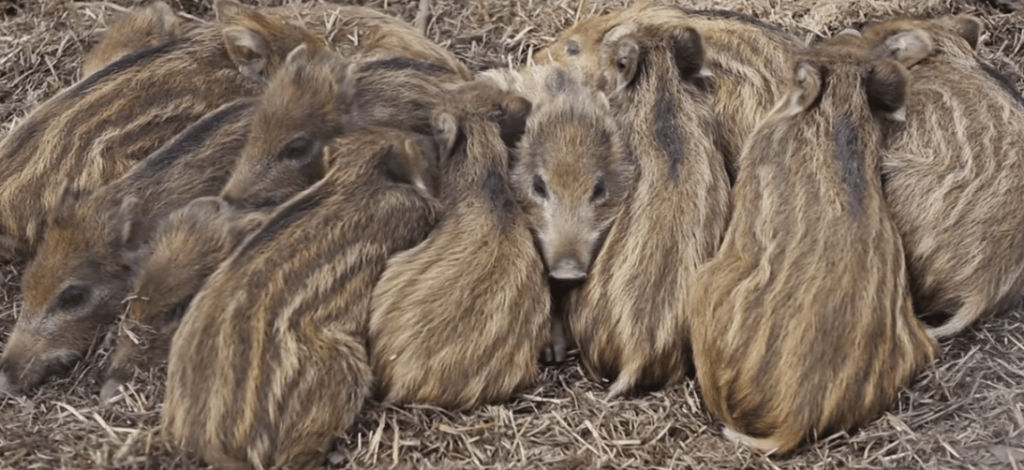
With feral hogs a reality in 39 states, the problem has wildlife officials scratching their heads with what to do next. States have tried ariel hunting, trapping, and unlimited hunting permits. Private outfitters charge people for hog hunts on private ranches and people from all over flock to try and bag one. If there is a way to get rid of feral hogs, you can bet somebody has tried it.
One strategy used by Nebraska is designed to take away all incentive for people to hunt feral hogs. In Nebraska it is illegal to hunt feral hogs at all, release feral hogs, own feral hogs, or to charge anyone for a hog hunt feral hogs. By removing the human incentive officials hope to eliminate their feral hog population.
One thing is for certain, if your area has feral hogs they will have a negative impact on your deer population. How to best manage hogs is still up in the air, and it may be some time before an answer is reached.
NEXT: WHEN A DEER FARTS IN THE WOODS, DOES IT SOUND LIKE THIS?
WATCH
